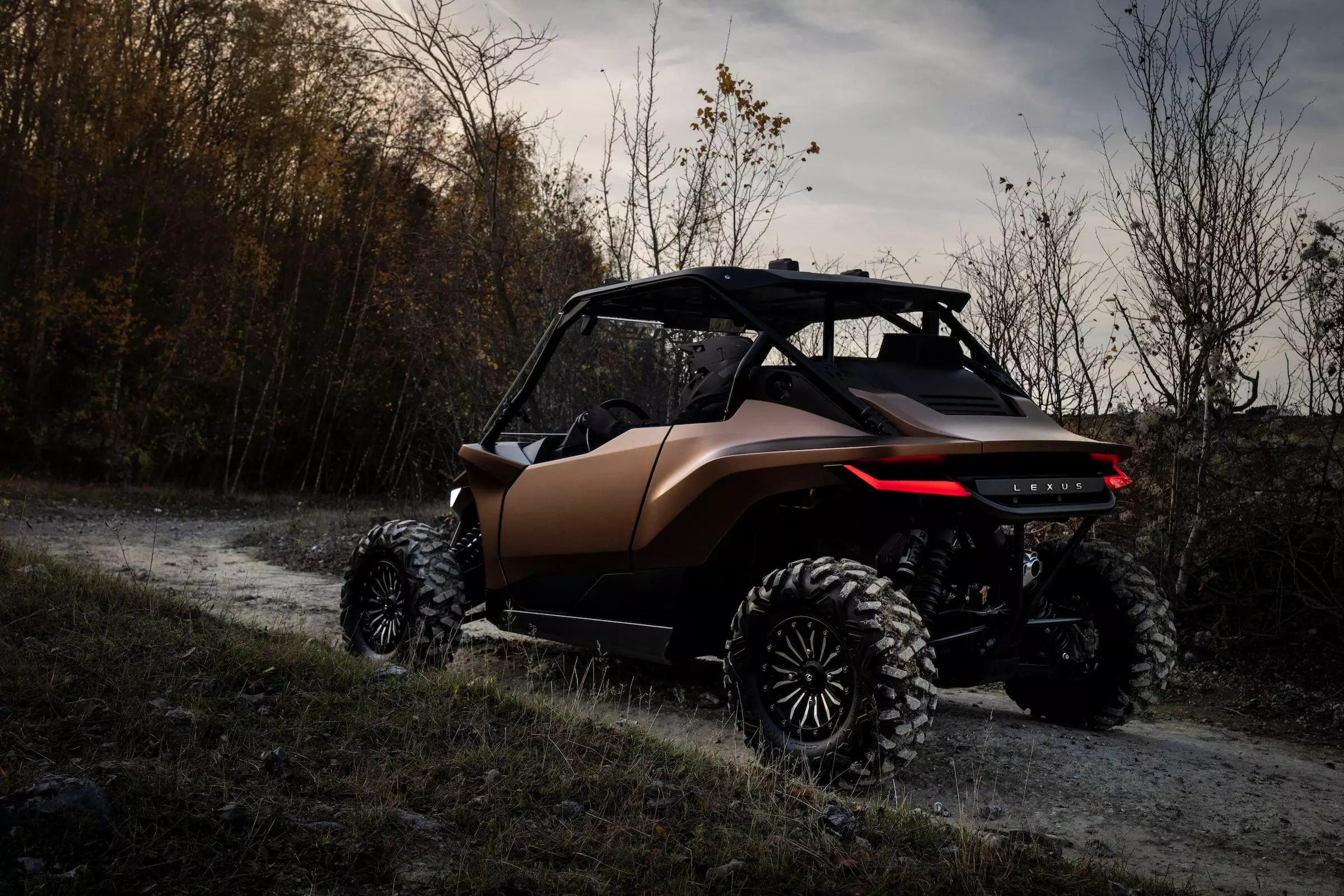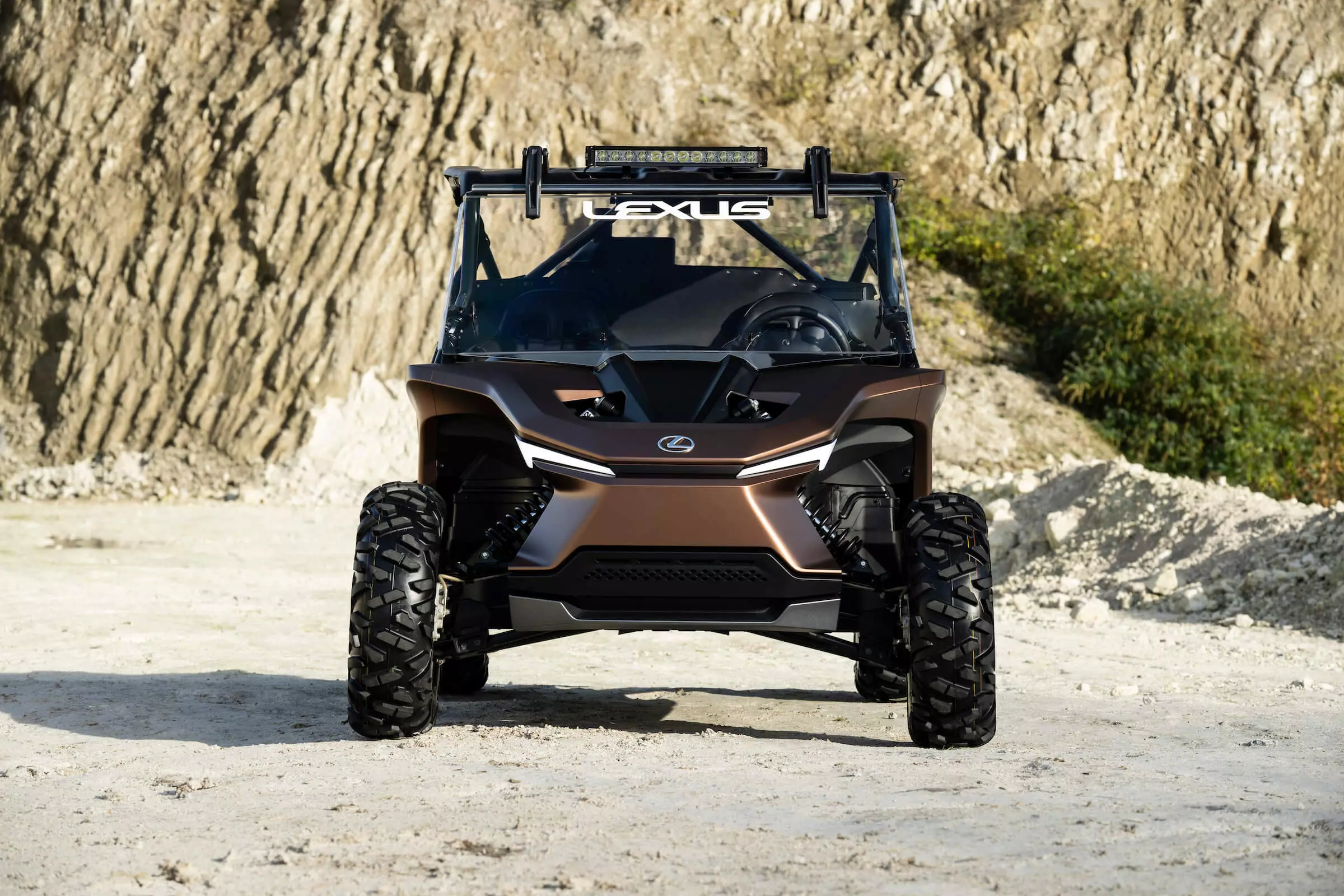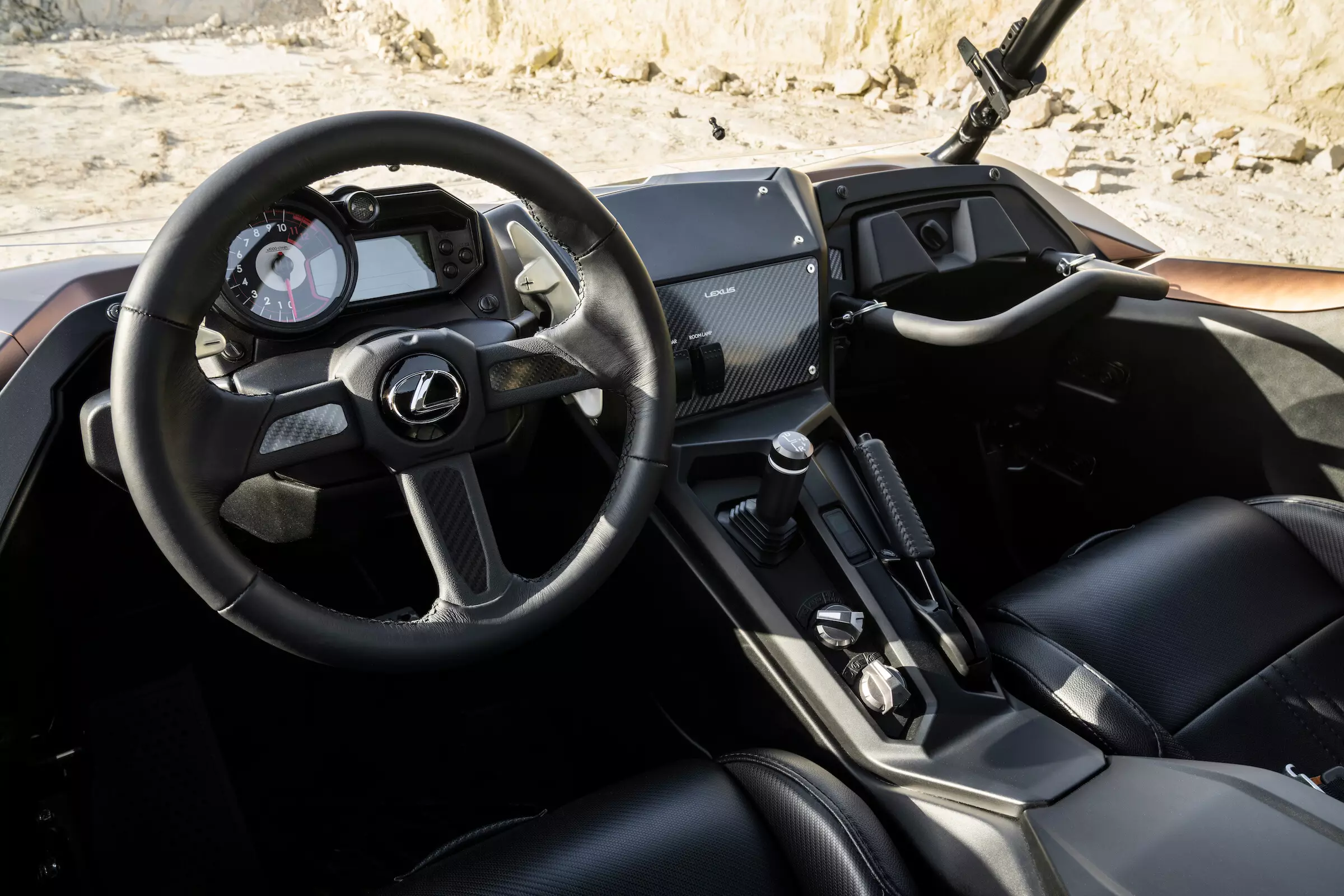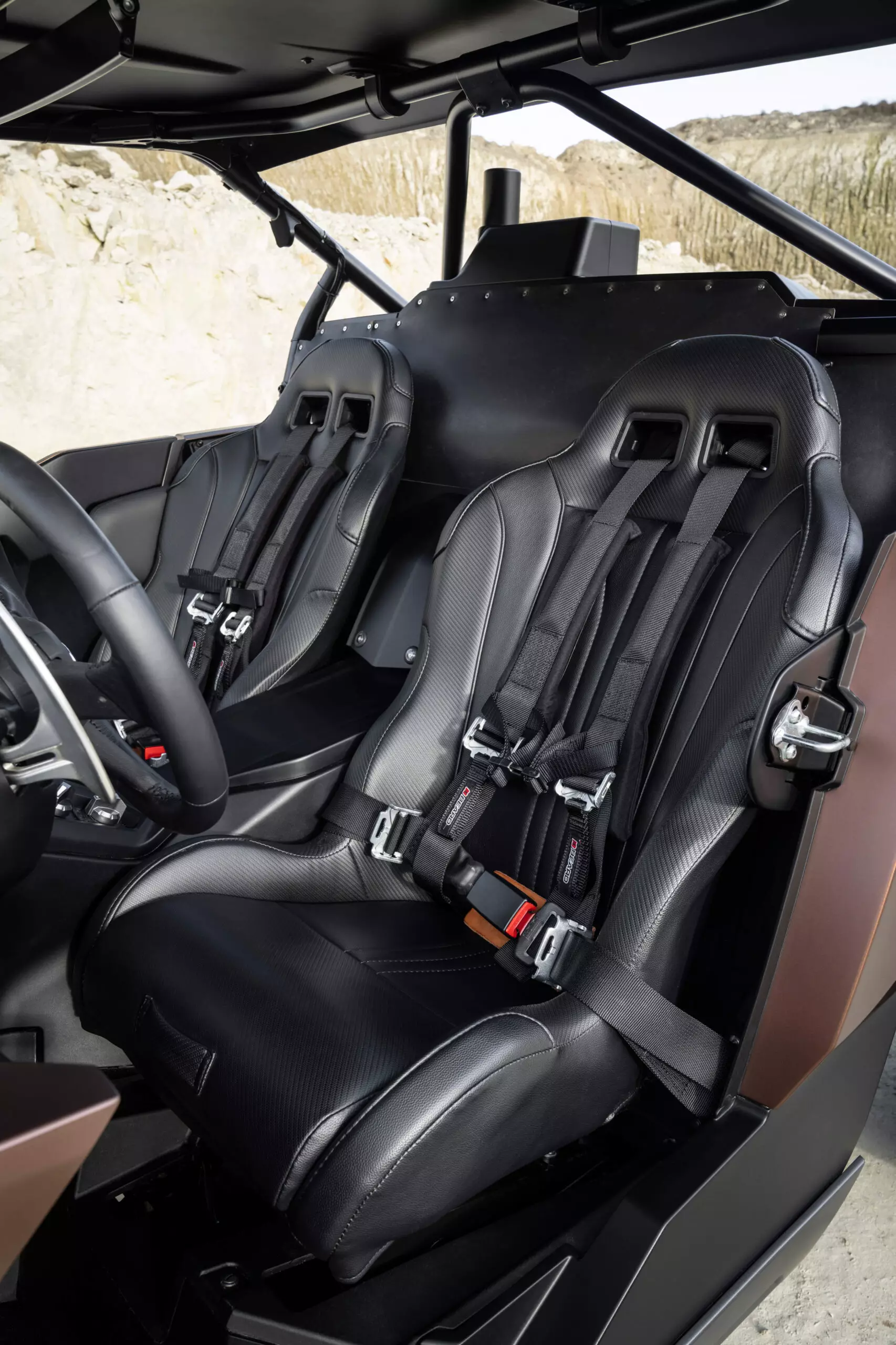We had already seen him about two months ago, at an online event, but only now did we get to know all his secrets at the Kenshiki Forum: here's the Lexus ROV (Recreational Off-Highway Vehicle).
It is a unique prototype, in the form of a two-seater buggy (UTV), which, according to the Japanese brand, was designed to demonstrate that “a more stimulating type of driving can coexist with a carbon-free society”.
And that's because this small prototype is powered by hydrogen, but it's not a fuel cell electric.

Like the GR Yaris H2 also unveiled in Brussels, the Lexus ROV uses an internal combustion engine. It has only 1.0 l capacity and is technically the same 1.0 engine as the Yaris, but it doesn't use gasoline as fuel, but hydrogen.
This is stored in a high pressure tank for compressed hydrogen which is precisely supplied by a direct hydrogen injector.
According to Lexus, this hydrogen engine produces almost zero emissions, a number that is not zero because of an “insignificant amount of engine oil” that is “burned while driving”.
Lexus has not revealed the specs of this engine or the records that the ROV will be able to achieve, but reveals that the sound is similar to that of an internal combustion engine and that the torque is almost immediate, the result of the faster combustion of hydrogen compared to to gasoline.
Spiros Fotinos, Director of Lexus EuropeThe Lexus ROV is our answer to the growing passion for the outdoors and adventurous spirit of luxury consumers. As a concept car, it merges our desire to also develop lifestyle-oriented products through continuous research into new technologies that contribute to carbon neutrality. As well as being an exciting vehicle to drive, it has almost zero emissions thanks to its hydrogen-powered engine.

bold design
According to the Japanese manufacturer, the goal of the team of designers was to create a vehicle that would look good in all kinds of natural environments.
And from there came this off-road with exposed suspension, protective cage and off-road tyres, which still presents itself in the form of a very compact model: 3120 mm in length, 1725 mm in width and 1800 mm in height.
At the front, despite the absence of a conventional grille, the fusiform shape of the headlamps/fairing set that we associate with the Lexus grille and the ones for side shocks, which were designed to protect the ROV from the stones, stands out. Behind, the hydrogen tank is completely protected, as well as all the functional parts.

Inside, despite the type of vehicle it is, we find the assembly and materials that Lexus has already got us used to.
The steering wheel is in leather, the gearshift is sculpted and the seats (in synthetic leather) have their own suspension elements that help make adventures along bad roads more comfortable.

Lexus Driving Signature
Despite its robust and adventurous appearance, those responsible for the Japanese brand ensure that this is a vehicle with exciting dynamics, thanks to the very light bodywork with a tubular structure.
However, the very long travel suspension also allows you to go anywhere, which further enhances the breadth of use of a 'toy' like this, which Lexus claims is extremely agile.

But more important than the distinct image and fun driving, this Lexus ROV stands out as an excellent test platform for the hydrogen technology of the Japanese manufacturer, which may use this feature in the future, in some of its models. production.
